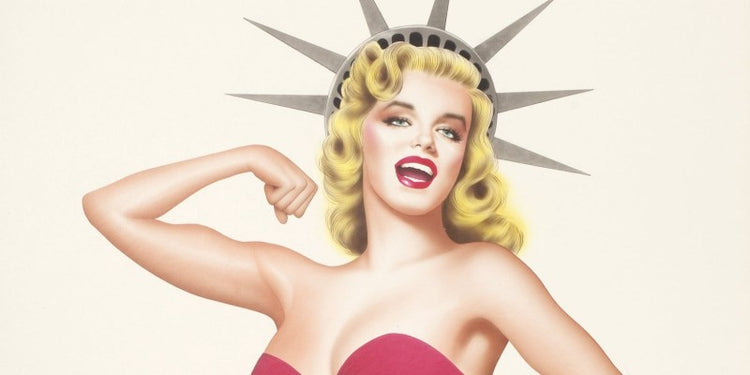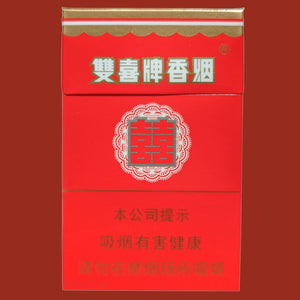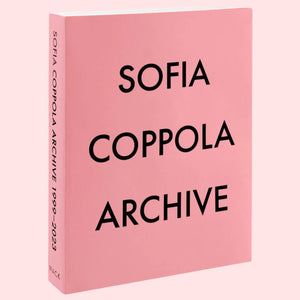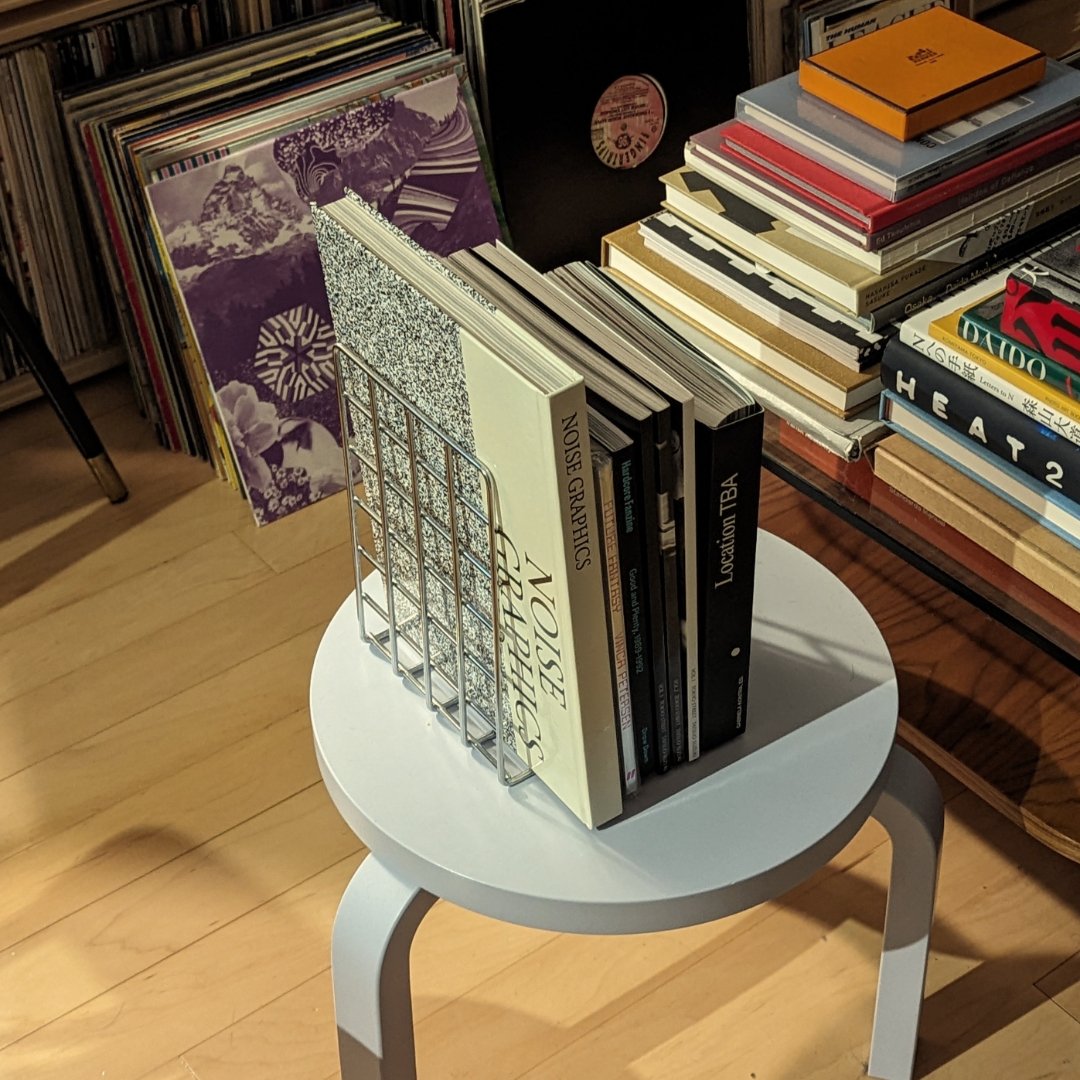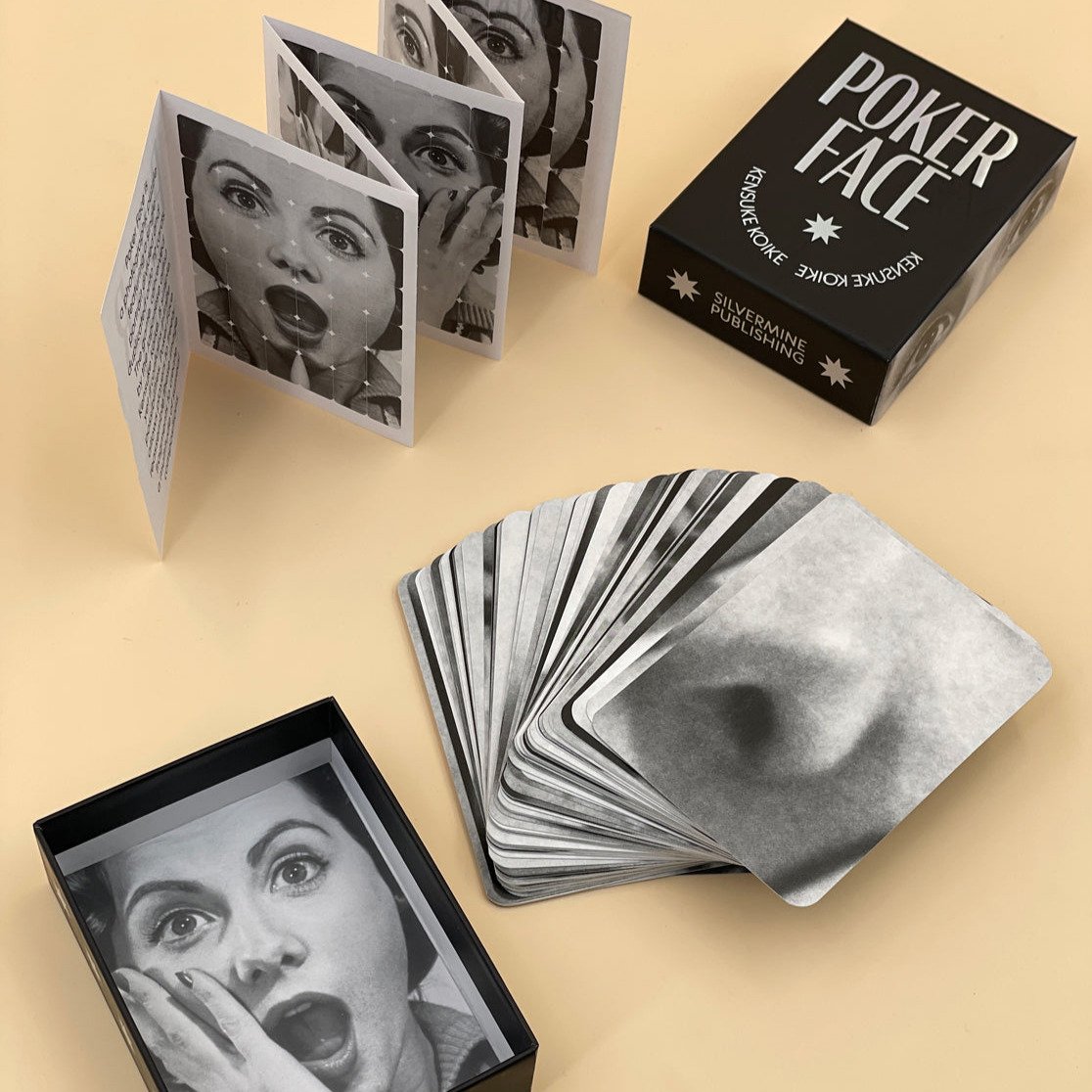Toshio Saeki: Master of the Erotic Grotesque
In the vast and diverse world of art, few have left an impression quite as profound as Japanese artist Toshio Saeki. Known for his captivating and often unsettling illustrations of violence, sex, and death, Saeki’s work is an intriguing blend of traditional Japanese aesthetics and contemporary surrealism intended to provoke and mesmerize.
A Brief Introduction to Toshio Saeki
Born in 1945 in Miyazaki, Japan, Toshio Saeki emerged in the 1970s as a visual provocateur. His illustrations draw on the spirit of Japanese folklore and ghost stories — but with a distinctively lurid and erotic twist. Saeki’s world is filled with dreamlike scenarios where horror and desire blur into one, each piece inviting the viewer into a charged psychological realm.
Infused with a mix of eroticism, humor, and the grotesque, his work probes deeply into the human psyche. Through unapologetic depictions of taboo, Saeki gained both reverence and controversy — earning the unofficial title of Japan's master of “ero guro,” or erotic grotesque.

“The Death Book”
Among his many acclaimed works, The Death Book (Baron Books) stands out as a particularly bold and raw collection. This book compiles some of his rarest and most brutal illustrations — violent, hallucinatory visions that twist eroticism and horror into a single hypnotic thread.
Each image in The Death Book is more than an illustration; it’s a story. The viewer is invited to piece together its narrative, however uncomfortable or shocking it may be. With his signature flowing lines, vivid colors, and haunting detail, Saeki constructs a world where beauty and revulsion co-exist — forcing us to confront the thin line between pleasure and mortality.
Fièvres Nocturnes and Rêve Écarlate
If The Death Book offers a plunge into Saeki’s darker fantasies, Fièvres Nocturnes and Rêve Écarlate (both published by Éditions Cornélius) present equally powerful visions of his twisted dreamscapes.
- Fièvres Nocturnes ("Night Fevers") is a fever-dream journey through Saeki’s hallucinatory imagination — a collection of erotic grotesque works that vibrate with tension, desire, and dread.
- Rêve Écarlate ("Scarlet Dream") is another deeply symbolic and graphically rich volume that walks the line between sacred and profane, inviting readers to lose themselves in Saeki’s surreal universe.
Saeki’s Lasting Legacy
Toshio Saeki passed away in 2019, but his legacy continues to reverberate through the world of art and underground culture. In an era often defined by conformity and censorship, his work stands as a defiant celebration of freedom, fantasy, and the darker currents of the human condition.
By embracing his provocations, we’re reminded of art’s power not only to comfort — but to disrupt, disturb, and awaken. Toshio Saeki didn’t just illustrate; he unearthed the hidden, the repressed, and the unspoken — and invited us to do the same.
